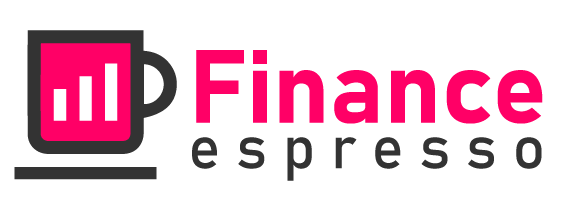Navigating the Home Loan Process: Understanding Your Options
Buying a home can be a stressful process, especially for first-time buyers. Navigating the home loan process can be intimidating, but with a comprehensive understanding of your options and willingness to ask questions, you can find the perfect mortgage for your financial situation.
What Is a Home Loan?
A home loan is a type of financing used to purchase a residence. The lender provides the borrower with funds to purchase a property, usually as a long-term loan. The borrower is then obligated to repay the loan according to the terms agreed upon with the lender. Home loans may come in the form of fixed-rate mortgages or adjustable-rate mortgages.
Fixed-Rate Mortgages
The interest rate for a fixed-rate mortgage is set at the time of borrowing. The borrower pays a fixed-rate monthly payments that include principle and interest for the entire duration of the loan term. This is typically the most popular type of mortgage as it offers the security of having the same interest rate and monthly payments for the life of the loan.
Adjustable-Rate Mortgages
An adjustable-rate mortgage, also known as an ARM, come with a lower initial interest rate than fixed-rate mortgages. However, the rate can increase or decrease over time depending on an identified financial index. The payment amount may go up or down based on the interest rate. Although the ARM may seem attractive at first, if the market rate increases significantly, the borrower could end up paying more.
The Home Loan Process
The first step in the home loan process is to determine how much house you can afford. Use an online affordability calculator to determine a ballpark figure. Once you’ve determined the maximum amount you’re willing to spend, contact a lender. They can help you figure out your loan options and determine a loan amount and term that works best with your budget. You’ll also need to gather documents including bank statements, pay stubs, and any other financial documents the lender requires.
Once you’ve applied for a loan, the lender will review your application and assess your credit score. If approved, the underwriter will review and approve your loan application and the closing process begins. A closing day will be scheduled so you can sign all of the necessary paperwork and get the keys to your new home.
Tips for First-Time Home Buyers
Buying a home for the first time can be exciting and overwhelming all at the same time. Here are few tips to help make the process go as smooth as possible:
- Do your research. Read reviews of different lenders and compare loan products and interest rates.
- Be prepared. Having all the documents and information ready before you apply for a loan can speed up the process.
- Get preapproved. Getting preapproved for a loan can give you an edge in a competitive market.
- Find a qualified real estate agent. A great real estate agent can be invaluable when navigating the home loan process.
- Plan ahead. Consider the long-term cost of a home loan and make sure you can comfortably afford it.
- Understand the different loan options. Understanding the different loan products and how the terms vary can help you select the best one for your needs.
Conclusion
Buying a home can be a complicated process, but by doing your research and understanding the different loan products available, you can find a home that fits your budget and your long-term goals. Ask as many questions as necessary and find a lender that you trust. Armed with the right information, you can find the perfect mortgage for your financial situation.

